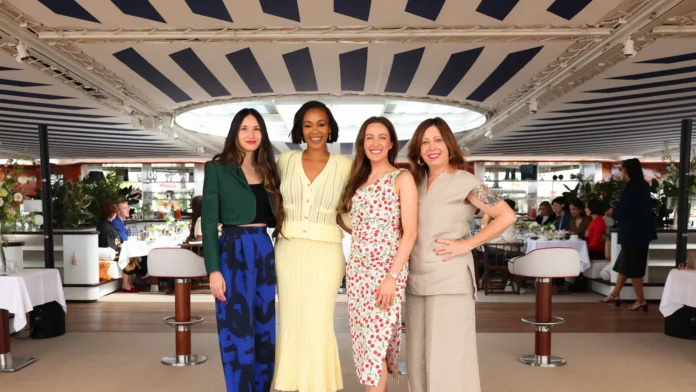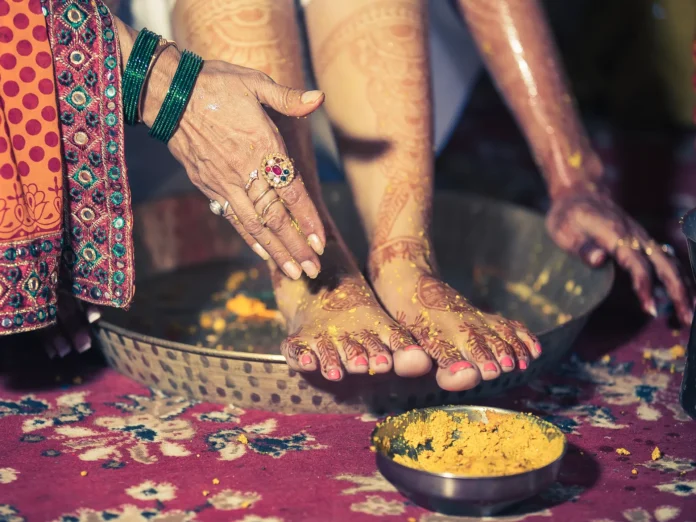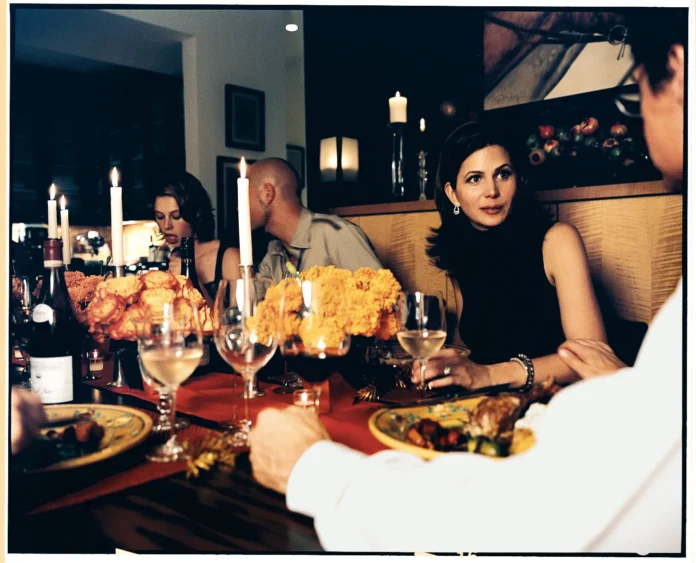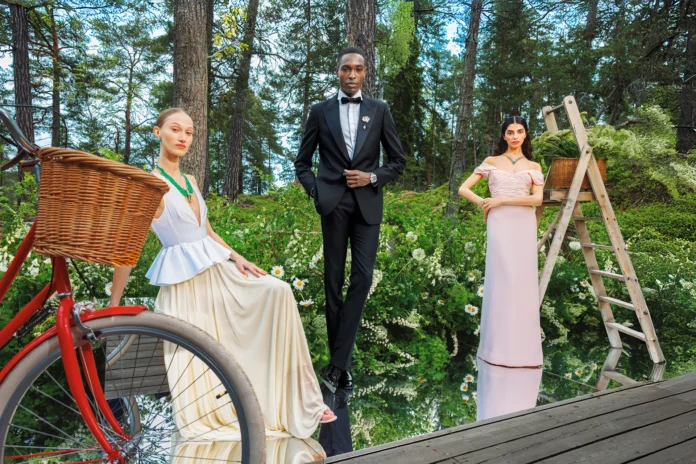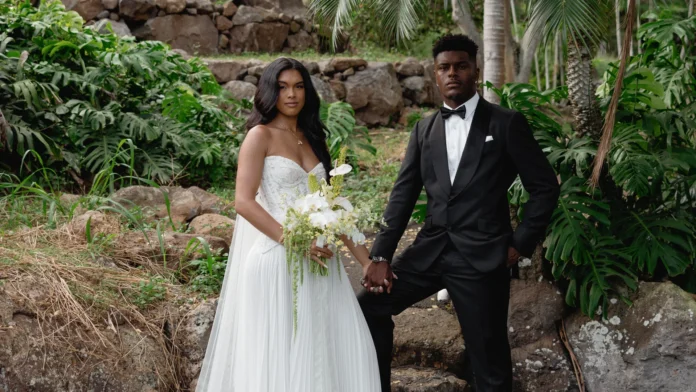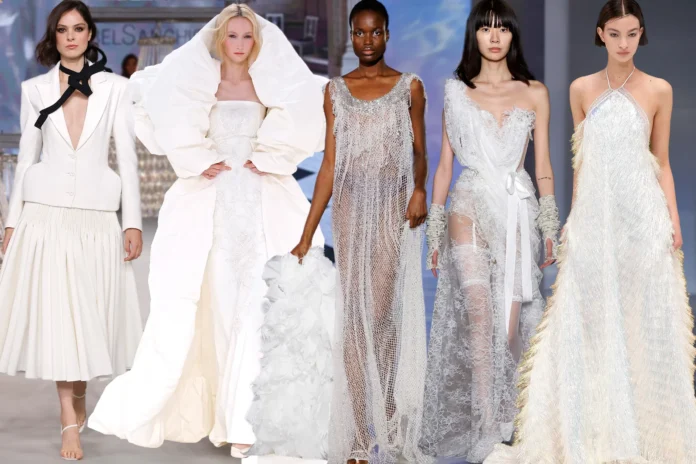The Cannes Film Festival is a spectacle of excess—a whirlwind of couture gowns, flashing paparazzi cameras, and champagne-soaked yacht parties. But beneath the shimmering surface lies an uncomfortable truth: for all its celebration of cinema, Cannes remains a battleground for whose voices are amplified and whose are silenced.
This year, as the world’s most prestigious film festival unfurls its red carpet once again, the same pressing question lingers: Whose stories are being told—and who gets to tell them?
The Narrow Lens of Privilege
Cannes has long been criticized for favoring narratives filtered through a specific prism—one shaped by nationality, wealth, and gender. The festival’s history is undeniably Eurocentric, with a disproportionate number of competition slots going to established Western auteurs, often at the expense of filmmakers from the Global South.
Even when stories from marginalized communities do make it to the Croisette, they are frequently told through the gaze of outsiders. Consider the controversy surrounding past selections—films about African, Middle Eastern, or Indigenous experiences, yet directed by white Europeans. The result? A distorted reflection of reality, where authenticity is sacrificed at the altar of accessibility.
The Gender Gap: A Persistent Stain
Despite incremental progress, Cannes’ gender imbalance remains glaring. Since its inception in 1946, only two women—Jane Campion and Julia Ducournau—have ever won the Palme d’Or. For a festival that prides itself on artistic excellence, this statistic is indefensible.
The excuses are tired: “There just aren’t enough female directors making great films.” Yet, year after year, emerging talent like Mati Diop (Atlantics), Alice Rohrwacher (Happy as Lazzaro), and Céline Sciamma (Portrait of a Lady on Fire) prove otherwise. The issue isn’t a lack of skill—it’s systemic exclusion.
Breaking Barriers, One Film at a Time
Change, however slow, is happening. The rise of streaming platforms has democratized access, allowing filmmakers outside traditional studio systems to reach global audiences. Festivals like Cannes can no longer afford to ignore these voices without consequence.
Initiatives such as Le Deuxième Regard (The Second Look), a program dedicated to spotlighting underrepresented directors, and the inclusion of more films from Africa, Latin America, and Asia in the Official Selection suggest a shifting tide. But tokenism isn’t enough. True progress requires structural reform—more diverse selection committees, funding for emerging filmmakers, and a commitment to dismantling the old boys’ club mentality that still dominates the industry.
Why Representation Matters
Cinema is more than entertainment; it’s a cultural record. When only certain stories are deemed worthy of Cannes’ prestige, we risk erasing entire histories. A festival that claims to champion the art of filmmaking must reflect the world in all its complexity—not just the sliver of it that fits neatly into a European arthouse aesthetic.
As audiences grow increasingly vocal about demanding authenticity, Cannes faces a choice: evolve or become irrelevant. The red carpet may dazzle, but the real test of the festival’s legacy lies in whose footsteps are allowed to grace it.
The Road Ahead
For Cannes to remain the pinnacle of cinematic achievement, it must reckon with its blind spots. That means:
- Amplifying underrepresented voices—not as exceptions, but as the norm.
- Confronting its gender disparity with quotas, mentorship programs, and transparent selection processes.
- Expanding its definition of “prestige” beyond Western auteurs to include bold, unconventional storytellers from all corners of the globe.
The future of cinema is diverse. The question is: will Cannes embrace it, or will it cling to an outdated vision of who gets to hold the camera?
One thing is certain—the world is watching.
